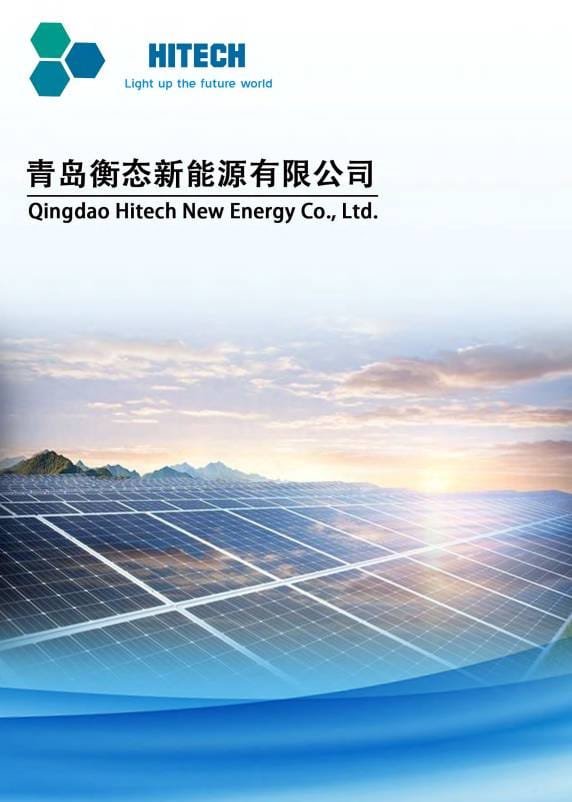Determining the right number of high mast lights requires careful calculation of area size, light coverage, and brightness needs. Proper planning ensures uniform illumination and energy efficiency.
Whether you're lighting a port, airport, or stadium, using a structured approach to calculate the required high mast lights will help you achieve optimal visibility. This guide walks you through the key factors and methods for accurate lighting design.
What Factors Determine the Number of High Mast Lights Needed?
The number of high mast lights depends on area size, mounting height, lumen output, and light distribution. Proper spacing and uniformity are essential for effective illumination.
Key Factors to Consider
| Factor | Importance in Lighting Design |
|---|---|
| Area Size | Larger areas need more lights for complete coverage. |
| Mounting Height | Taller poles cover wider areas but reduce intensity. |
| Lumen Output | Higher lumen fixtures reduce the number of poles needed. |
| Beam Angle | Determines how far light spreads from each fixture. |
| Lighting Uniformity | Ensures consistent brightness without dark spots. |
| Application Type | Ports, airports, and stadiums have different brightness needs. |
Understanding these factors helps in making precise calculations for high mast lighting installations.
How to Calculate the Number of High Mast Lights for a Project?

Lighting calculation involves determining lux levels, pole spacing, and fixture wattage to achieve uniform brightness.
Basic Lighting Calculation Formula
To estimate the number of lights needed:
\text{Number of Lights} = \frac{\text{Total Area (m²)} \times \text{Required Lux}}{\text{Lumen Output per Fixture} \times \text{Utilization Factor} \times \text{Maintenance Factor}}
Example Calculation for an Airport
| Parameter | Value |
|---|---|
| Total Area | 50,000 m² |
| Required Lux Level | 50 lux |
| Lumen Output per Fixture | 100,000 lumens |
| Utilization Factor | 0.8 |
| Maintenance Factor | 0.9 |
text{Number of Lights} = \frac{50,000 \times 50}{100,000 \times 0.8 \times 0.9} = 35 text{ high mast lights}
Adjustments can be made based on specific application needs and lighting uniformity.
How to Ensure Uniform Light Distribution?
Proper pole placement and fixture angles are essential for preventing dark spots and over-illumination.
Best Practices for Uniform Lighting
-
Optimize Pole Spacing
- Avoid placing poles too close or too far apart.
- Use a grid layout for large areas like ports and airports.
-
Choose the Right Beam Angles
- Narrow beams (15-30°) for high-intensity, focused lighting.
- Wide beams (60-120°) for general area lighting.
-
Use Light Simulation Tools
- Software like DIALux or AGi32 helps simulate real-world conditions.
- Adjust pole height and fixture wattage based on test results.
Applying these techniques ensures consistent lighting with minimal glare and shadow areas.
How Many High Mast Lights Are Needed for Different Applications?

The number of high mast lights required varies based on application type and brightness standards.
Recommended Lighting Levels and Pole Requirements
| Application | Required Lux Level | Typical Pole Height | Estimated Number of Lights per 10,000 m² |
|---|---|---|---|
| Highways & Intersections | 20-30 lux | 20-30m | 4-6 |
| Airports & Seaports | 50-100 lux | 30-50m | 6-10 |
| Sports Stadiums | 200-1000 lux | 25-45m | 10-20 |
| Industrial & Warehousing | 50-200 lux | 20-35m | 5-8 |
Using these guidelines helps in estimating the total number of high mast poles needed for your project.
What Tools Can Help with High Mast Lighting Calculation?
Lighting design software and online calculators simplify high mast light planning by providing accurate simulations.
Recommended Lighting Calculation Tools
| Tool | Features |
|---|---|
| DIALux | 3D light simulation, lux calculations, beam spread analysis. |
| AGi32 | Advanced lighting modeling for stadiums and large-scale projects. |
| IES Photometric Files | Manufacturer-provided data for real-world performance prediction. |
These tools ensure accurate calculations, reducing errors in high mast light installations.
How to Optimize High Mast Lighting for Energy Efficiency?

Energy-efficient lighting reduces electricity costs while maintaining brightness standards.
Strategies for Efficiency
-
Use LED Fixtures
- Consume 70% less energy than HID lamps.
- Provide instant brightness with longer lifespan.
-
Incorporate Smart Lighting Controls
- Use motion sensors or dimming schedules to optimize usage.
- Adjust brightness based on real-time needs.
-
Optimize Pole Placement
- Fewer poles with high-lumen fixtures reduce installation costs.
- Proper layout minimizes energy waste.
By implementing these strategies, you can achieve significant cost savings without compromising illumination quality.
Conclusion
Determining the right number of high mast lights involves precise calculations of area coverage, brightness requirements, and pole spacing. By using proper formulas, lighting design tools, and energy-efficient solutions, you can ensure optimal illumination for airports, ports, stadiums, and industrial sites. Investing in well-planned high mast lighting guarantees safety, efficiency, and long-term savings.


